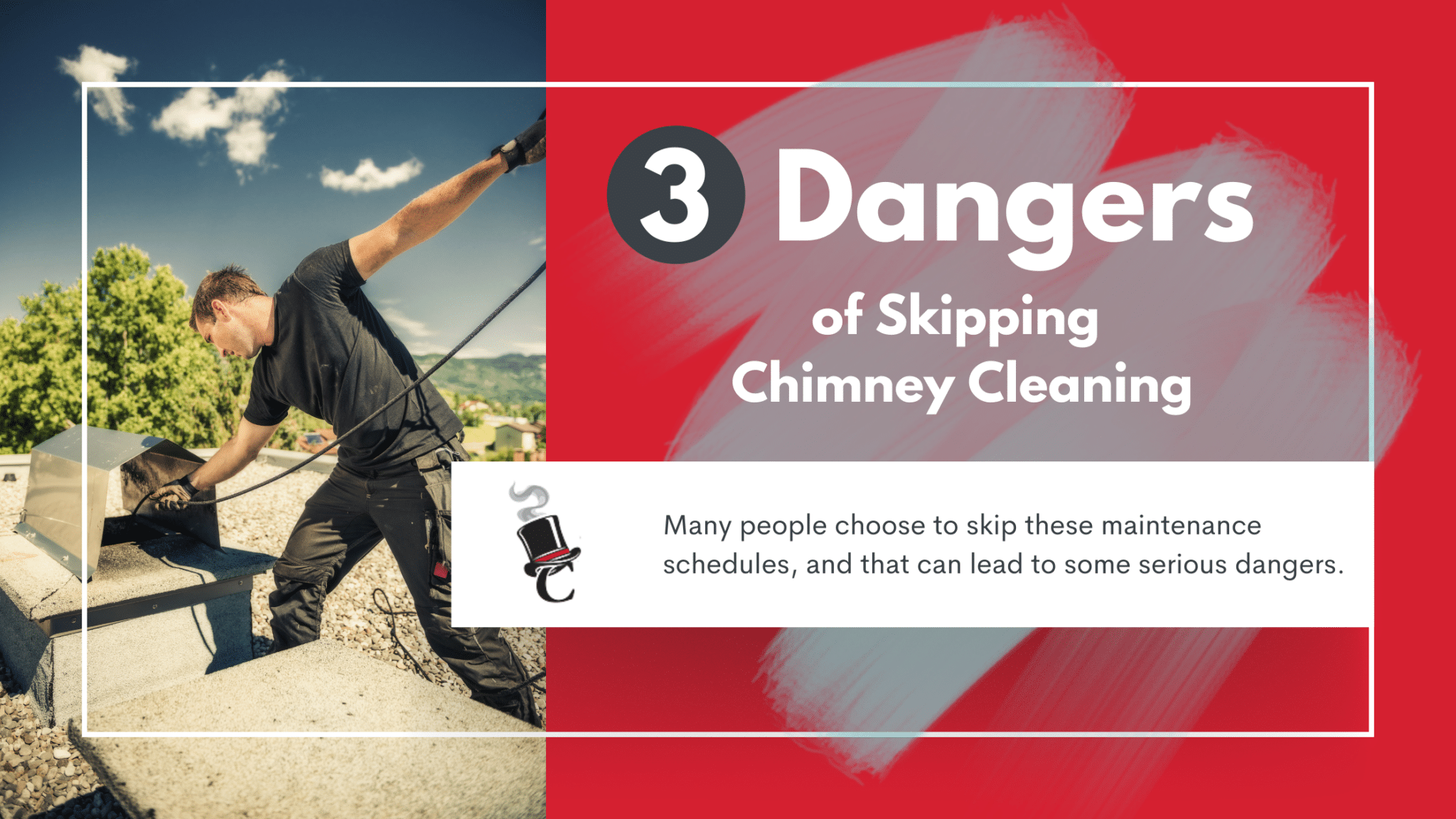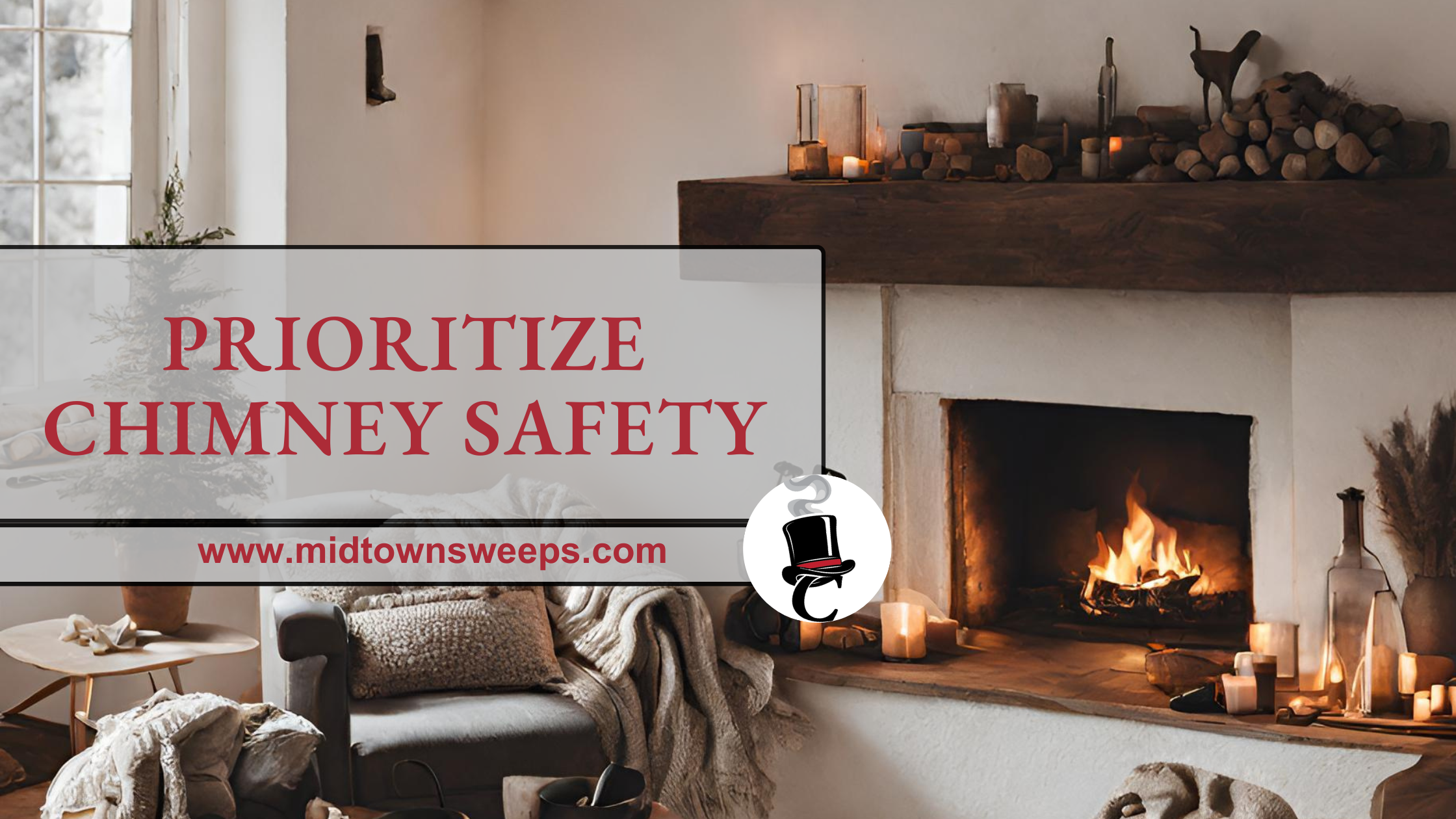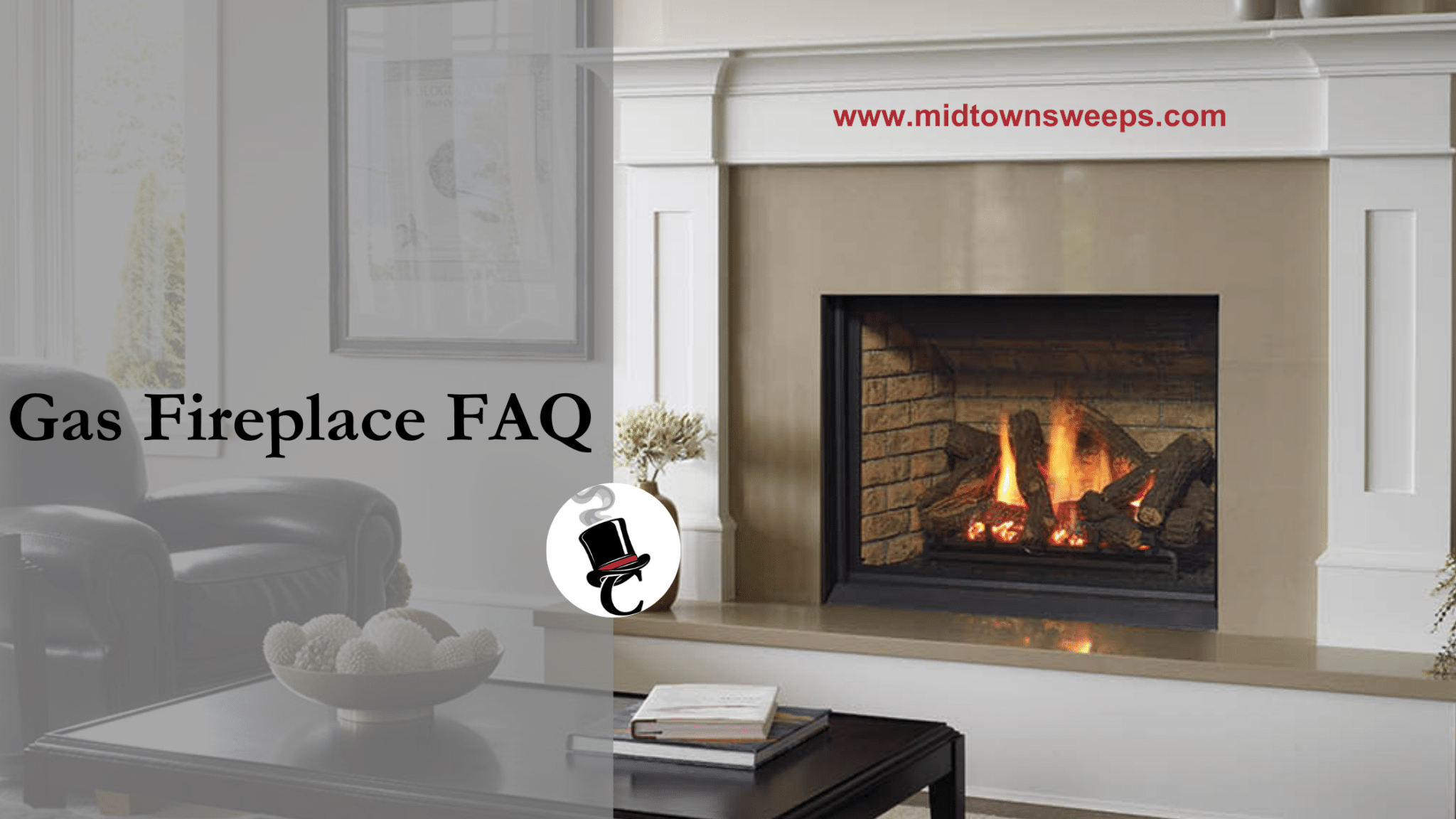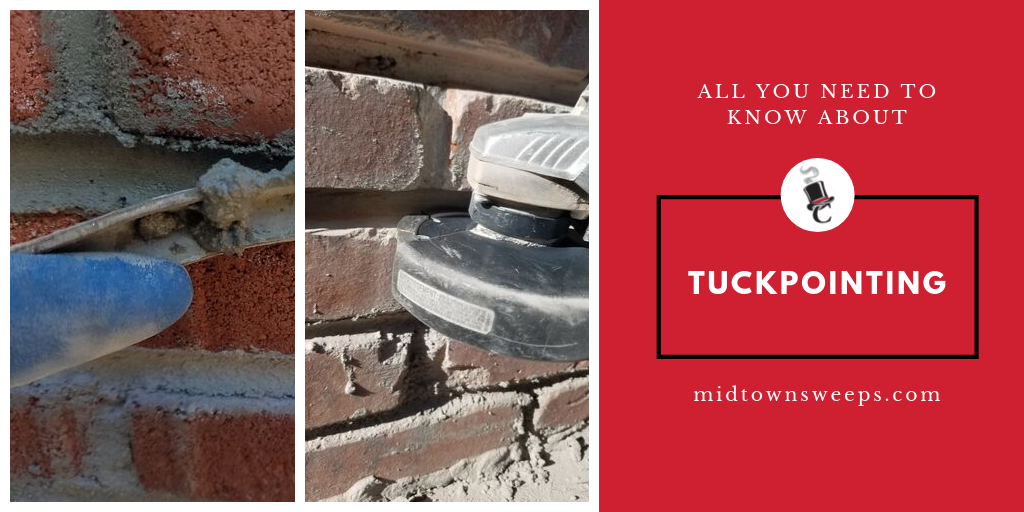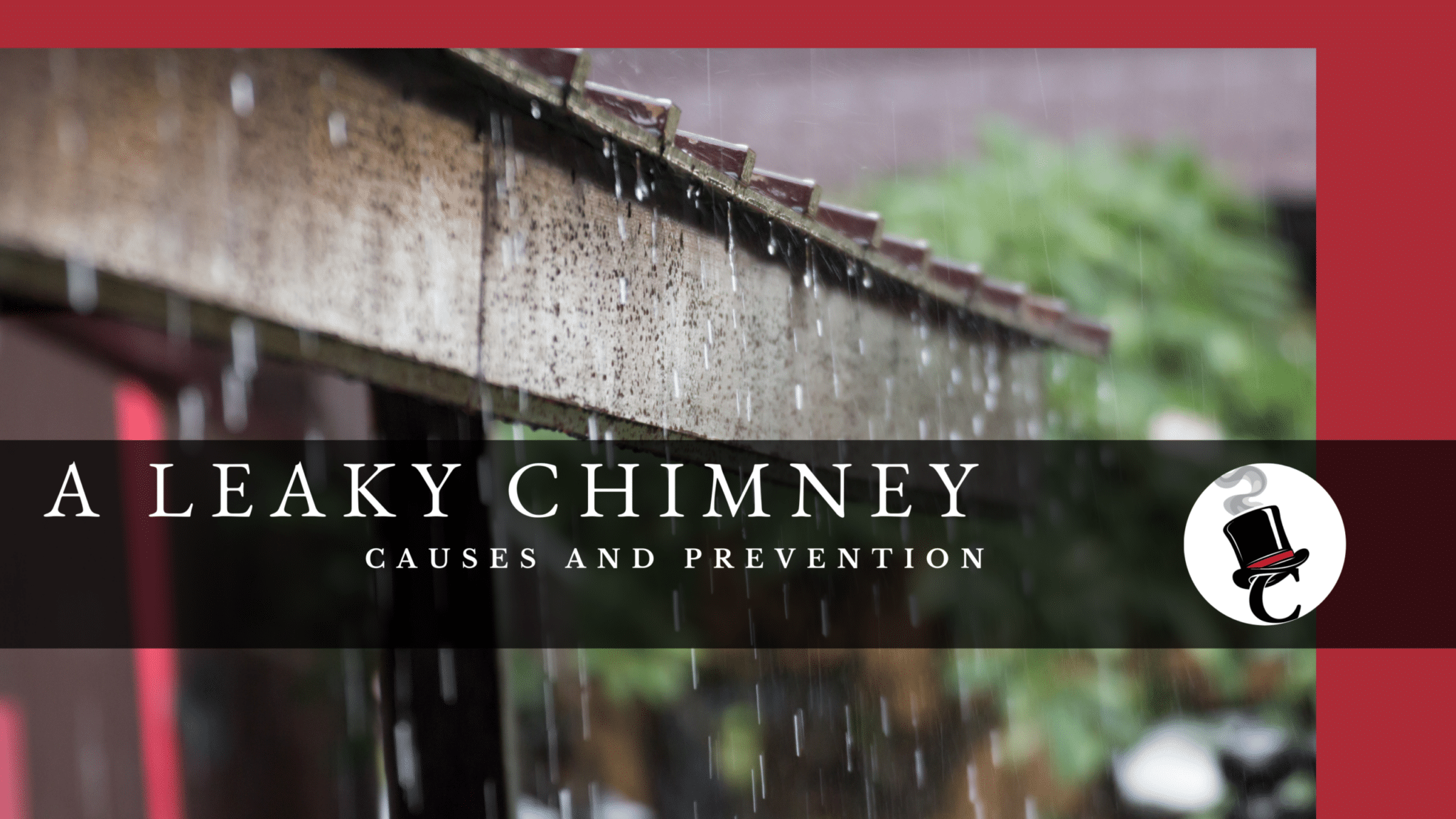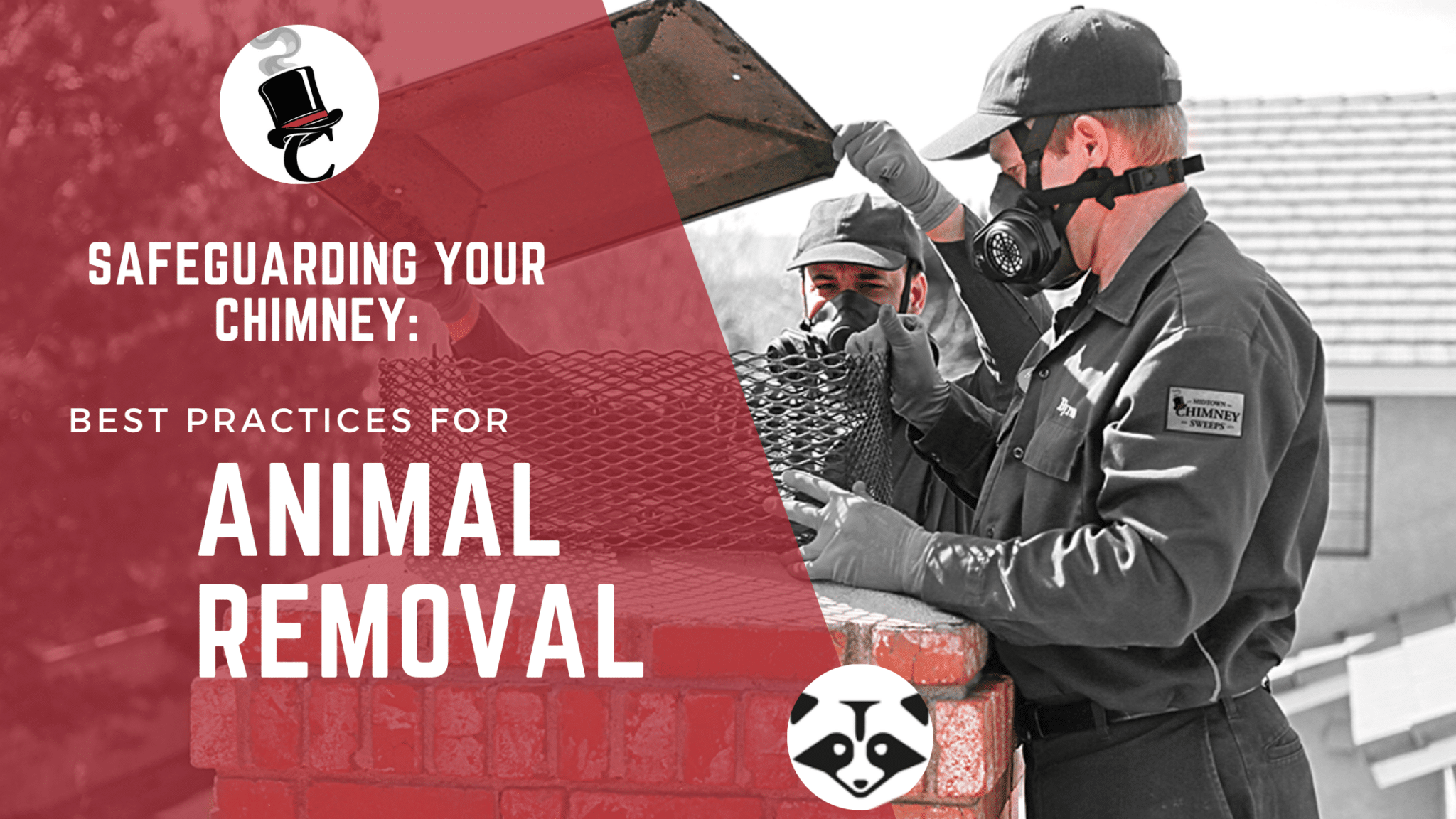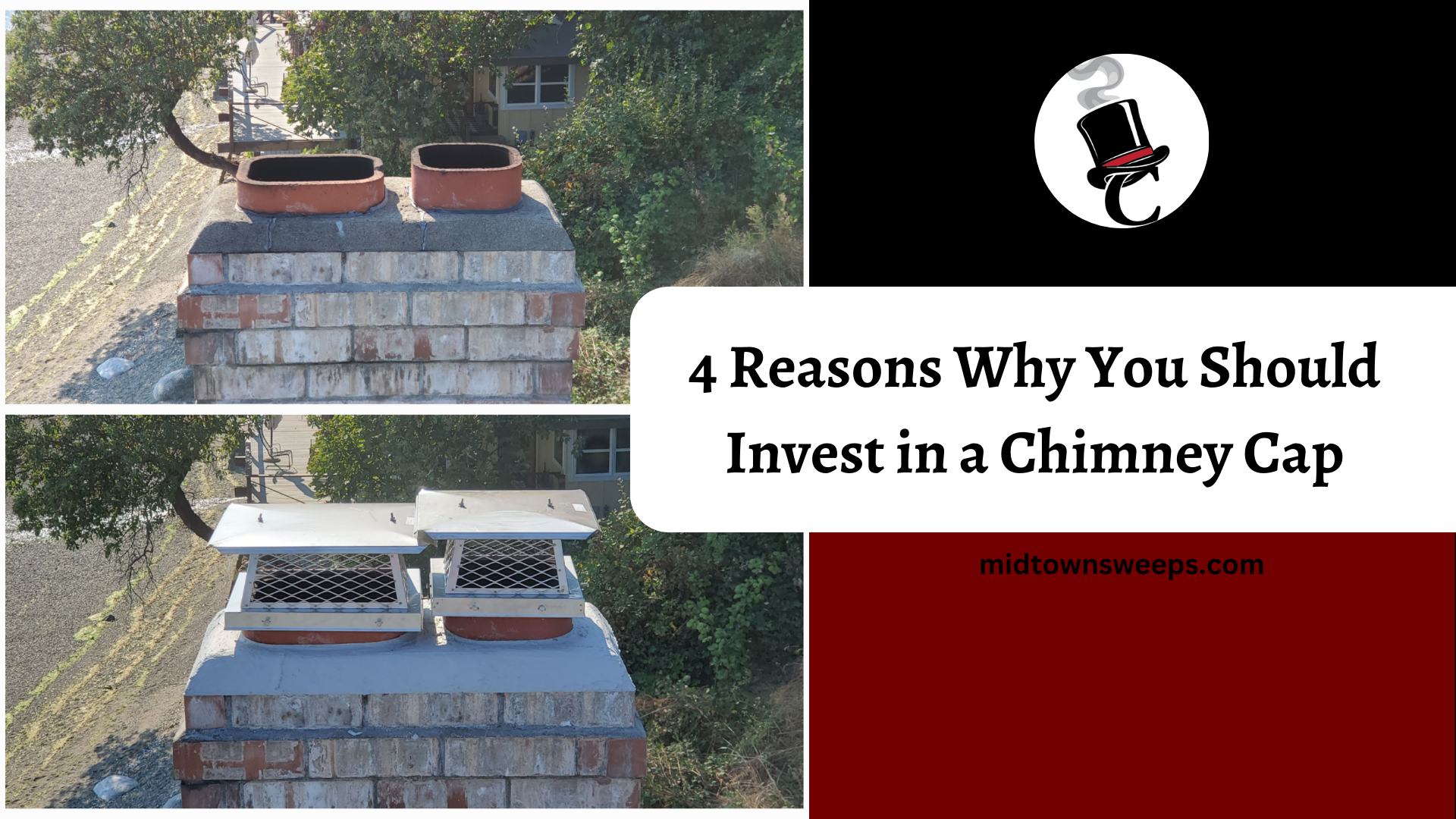A fireplace in your house is an invaluable source of warmth, especially during the cold season. However, you need to pay attention to its operation and maintenance despite the tremendous value by engaging a chimney sweep and regular prompt chimney repair.
Let us decipher the different parts of a chimney to understand how they protect your chimney.
The Flue
The flue is the vertical interior passage that allows smoke to move up and away from the fireplace. It is made of brick and mortar.
The brick and mortar used in constructing the flue serve as a protector for nearby combustible materials of the home by containing intense heat and toxic gases.
Modern chimneys have flue liners that protect the bricks from damaging smoke or precipitation that can pass through the chimney. The flue liner is usually a thin steel sheet lining.
Regular flue cleaning is essential to ensure that residue doesn’t cake up on the surface of the flue, which can reignite and create a fire hazard for your home. The excessive accumulation of soot is what makes it a fire hazard.
A chimney sweep usually does flue cleaning.
Chimney Damper
A chimney damper controls airflow and smoke mechanically through the chimney flue. It keeps the exterior air out and the interior air in. It also helps control and throttles the fire.
The mechanics of the damper works in that when open, it sends carbon monoxide-rich exhaust through the flue and helps control the fire. Meaning when the fire is burning, it should be open.
On the other hand, it can only be closed when the fireplace is not in use as it prevents cold air from outside entering the house and warm air in the house from escaping through the flue.
Chimney Crown
A chimney crown is an overarching slab that overlays the top opening of the chimney. You can use metal, concrete, or stone to make a chimney crown. Don’t use bricks and mortar. Bricks and mortar are not waterproof. They usually deteriorate fast when exposed to the elements.
A chimney crown’s primary and most important purpose is to protect the chimney structure from deterioration due to weather exposure.
Chimney crown wear and tear is difficult to spot since you cannot observe it from the ground. One can only notice it when inspecting the chimney from the roof.
Chimney Cap
Chimney caps are protective coverings made of steel or copper mesh that go over the top of your chimney.
A chimney cap helps reduce moisture in your home by preventing rain into the chimney.
Furthermore, if water enters your chimney, it can damage the chimney liners, chimney joints, and even the chimney dampers.
Installing a chimney cap can also help keep pests and other animals out of your chimney. For example, the heat coming from the chimney attracts birds and raccoons in the cold season. So while they settle there, they might fall in if a chimney cap is missing.
Take-Home
As evident now, chimneys provide tremendous value, but to harness all the benefits of a chimney, engaging a chimney sweep regularly and having chimney repairs as soon as they are needed will maintain the chimney for longer. You can now enjoy your fireplace knowing you are safe and sound.


